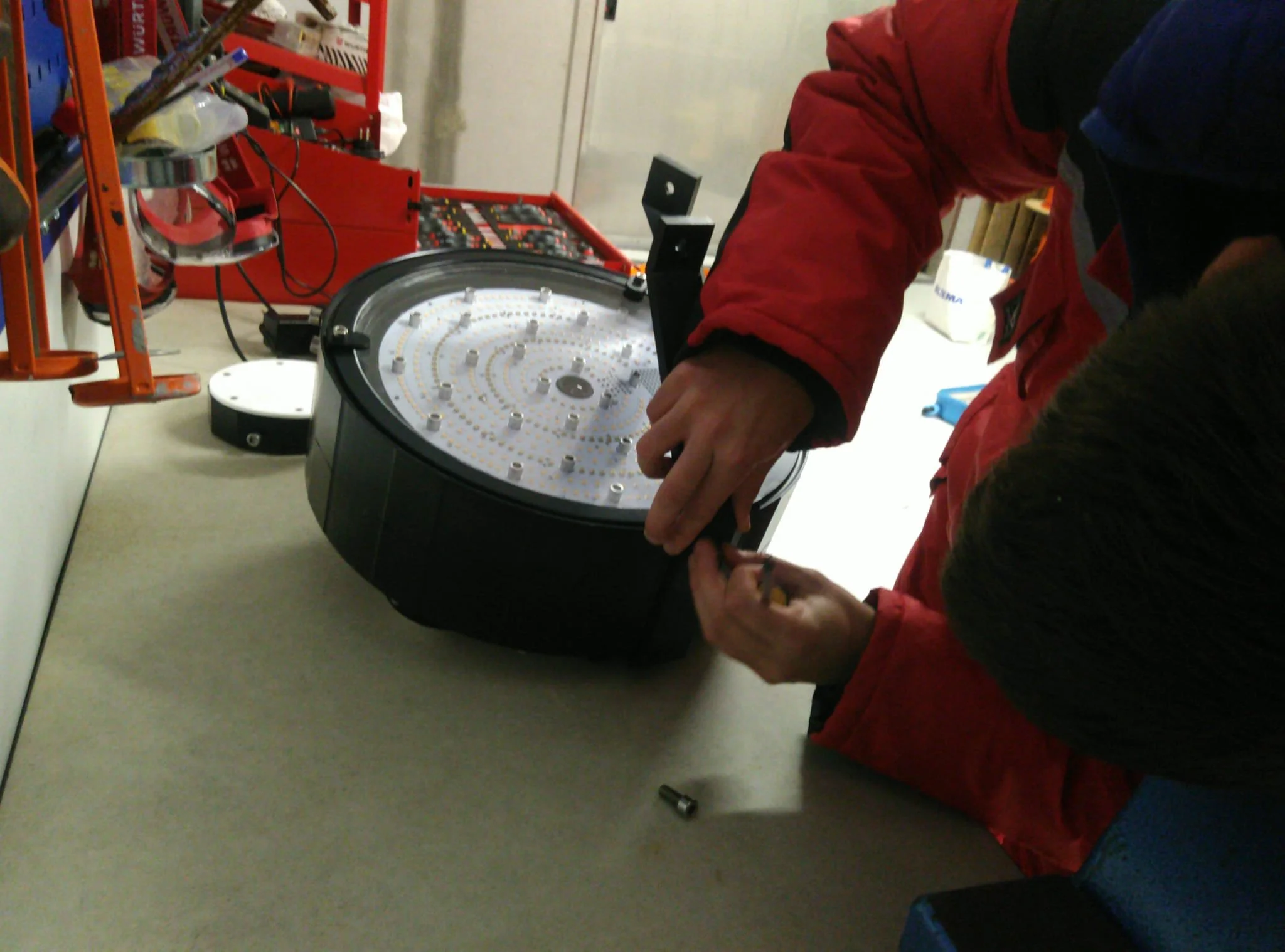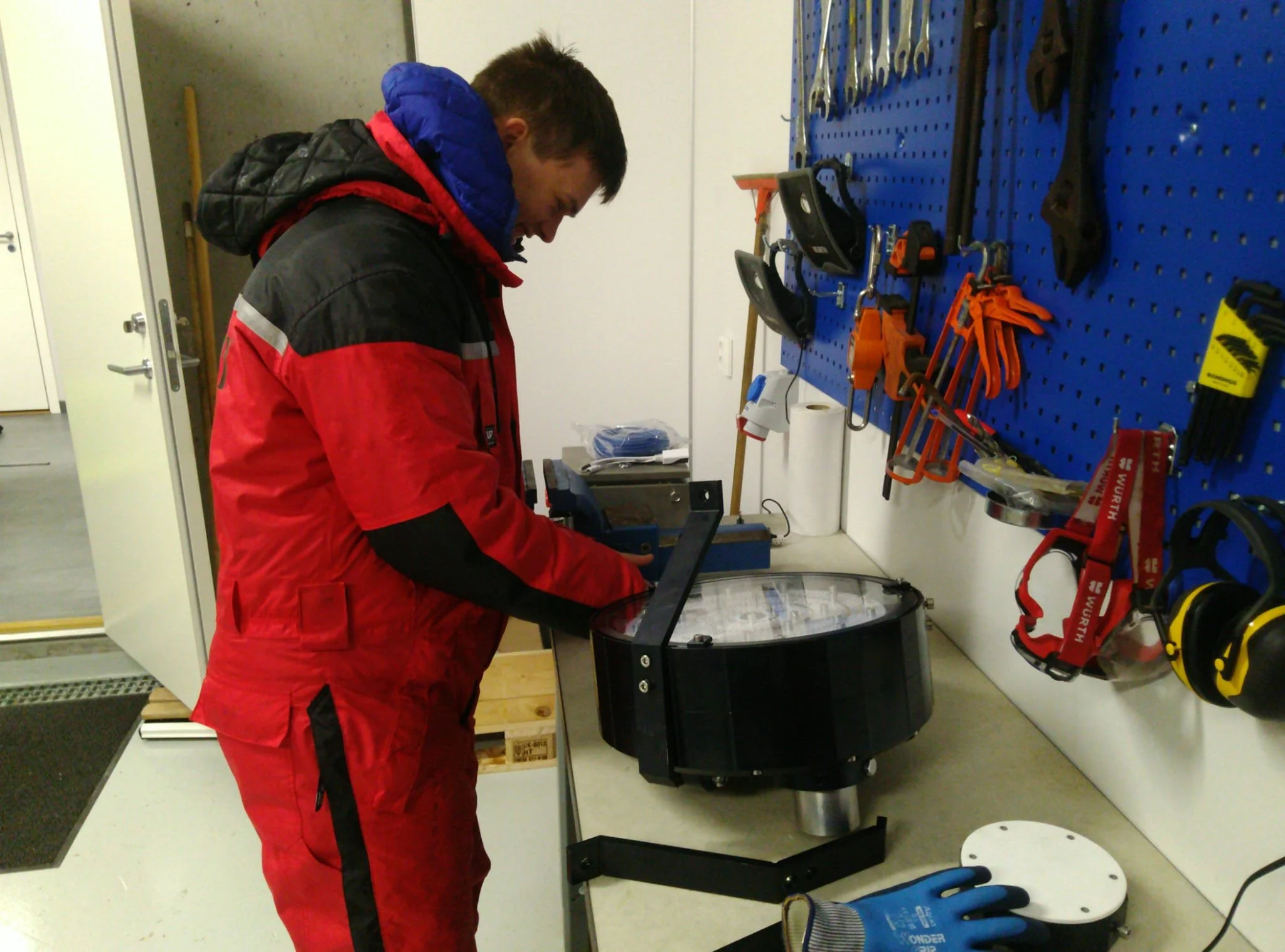
Early detection of microscopic threats to healthy fish habitats
Who we are
FP AQUA is at the forefront of transforming aquaculture with innovative technology that addresses critical challenges for industry and biodiversity.
Our initial focus is on the salmon aquaculture market, providing real-time monitoring solutions to combat parasites like sea lice, micro jellyfish, and other harmful zooplankton.
The Problem
Salmon lice significantly impact the salmon farming industry, causing increased mortality rates, compromising fish welfare, and demanding substantial financial investments.
Norway, the world's largest salmon farming industry, spends around 5 billion NOK annually on salmon lice control.
The magnitude of the problem is increasing and threatens wild fish populations and the marine environment.
Current methods involving medical treatments have in some cases lead to sea lice resistance.
How We Could Solve This
PlanktonSensor V4™
Detect threats earlier
V4 Using a 64MP camera adapted into a high-resolution underwater microscope in a waterproof housing
Measure at various depths
Types of species is expandable to monitor other harmful zooplankton like micro jellyfish
Data Platform (under development)
Monitor seasonal variations
Get access to site-to-site comparisons
Contribute to regional monitoring efforts
Reporting and documentation made easy
What this means for the stakeholders
Early detection of microscopic threats like sea lice, micro jellyfish, and other harmful plankton before they affect fish health.
Reduced dependency on chemical treatments and mitigation of resistance development through proactive monitoring.
Improved fish welfare and productivity, enabling healthier habitats and more sustainable operations.
Actionable environmental insights that strengthen decision-making for farmers, regulators, and environmental agencies.
Prototype testing with our technology partners
Vacancies
Join our growing team
FP Aqua is at the forefront of transforming aquaculture with innovative technology that addresses critical industry challenges.
We invite you to join us in this exciting journey towards a sustainable and profitable future for global aquaculture.
-
Do you think your skills are a great fit for us? We would love to hear from you.
You will play a key role in shaping the future of our technology and driving our mission to make aquaculture more efficient and environmentally friendly.



















